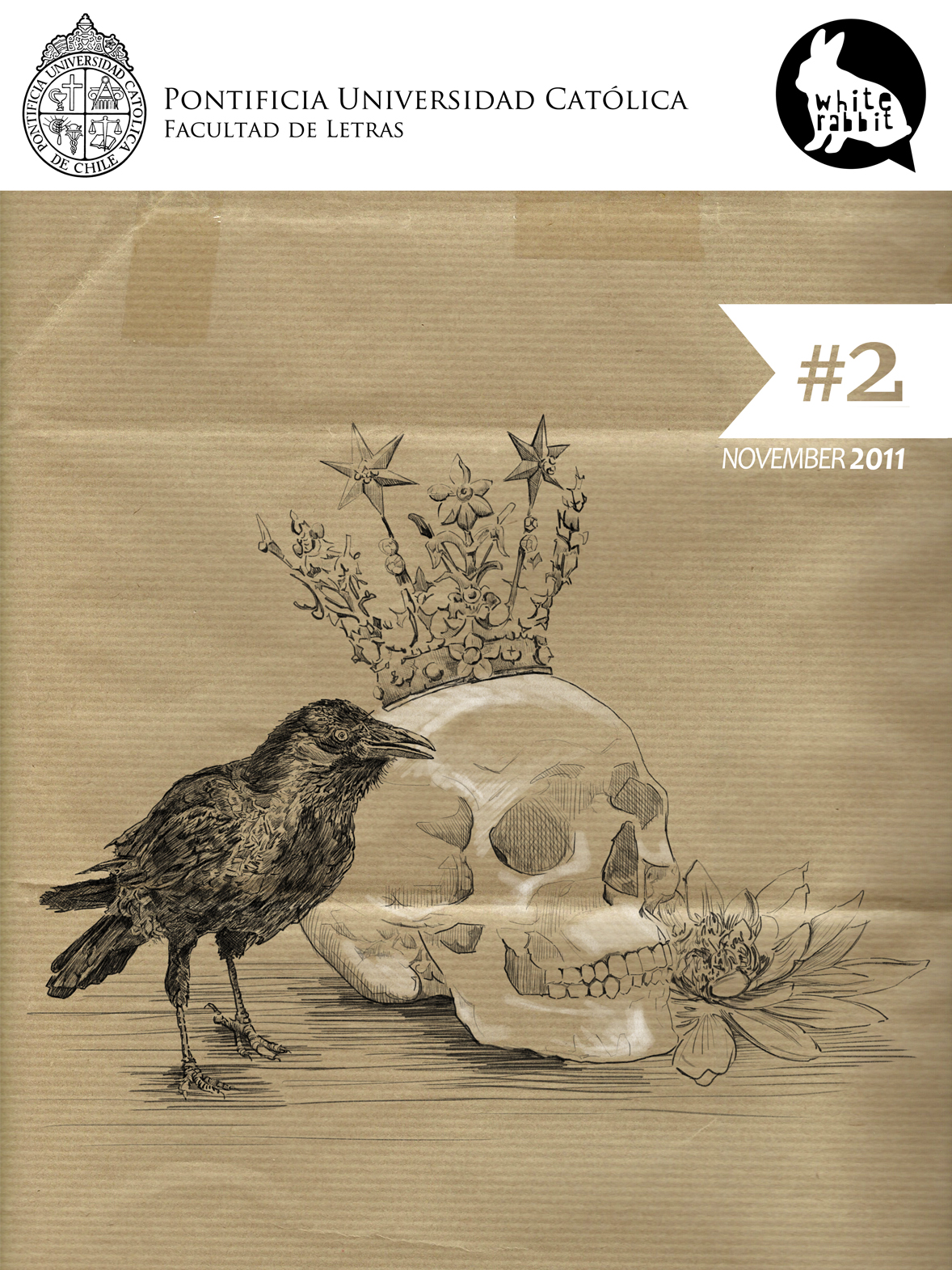These (Heavy) Boots Are Made for Walking: Space and Trauma in Jonathan Safran Foer’s Extremely Loud & Incredibly Close
DOI:
https://doi.org/10.7764/ESLA.61619Keywords:
TRAUMA, URBAN SPACE, PALIMPSEST, JONATHAN SAFRAN FOER, EXTREMELY LOUD AND INCREDIBLY CLOSEAbstract
The present essay aims to illustrate the close relationship between trauma and space existent in Jonathan Safran Foer‟s Extremely Loud & Incredibly Close, and how these two concepts are tightly knit together in the novel. The analysis focuses on the way in which the nine-year-old protagonist, Oskar Schell, relates to both public and private space after losing his father and how he manages to work through his trauma by means of wandering around the city. However, urban space cannot offer Oskar complete recovery due to the intrinsic nature of the city as a palimpsest. Therefore, the dynamic nature of urban space bars the protagonist from
reaching closure for his trauma as his narrative is persistently interrupted by and mingled with those of strangers. In the case of Oskar‟s quest for closure leads him to another‟s trauma instead of his own, thus avoiding a complete recovery. This, moreover, is seen as something positive since it grants him the potential of renegotiating his traumatic memories over time.
Downloads
Published
Issue
Section
License

This work is licensed under a Creative Commons Attribution-NonCommercial-NoDerivatives 4.0 International License.


